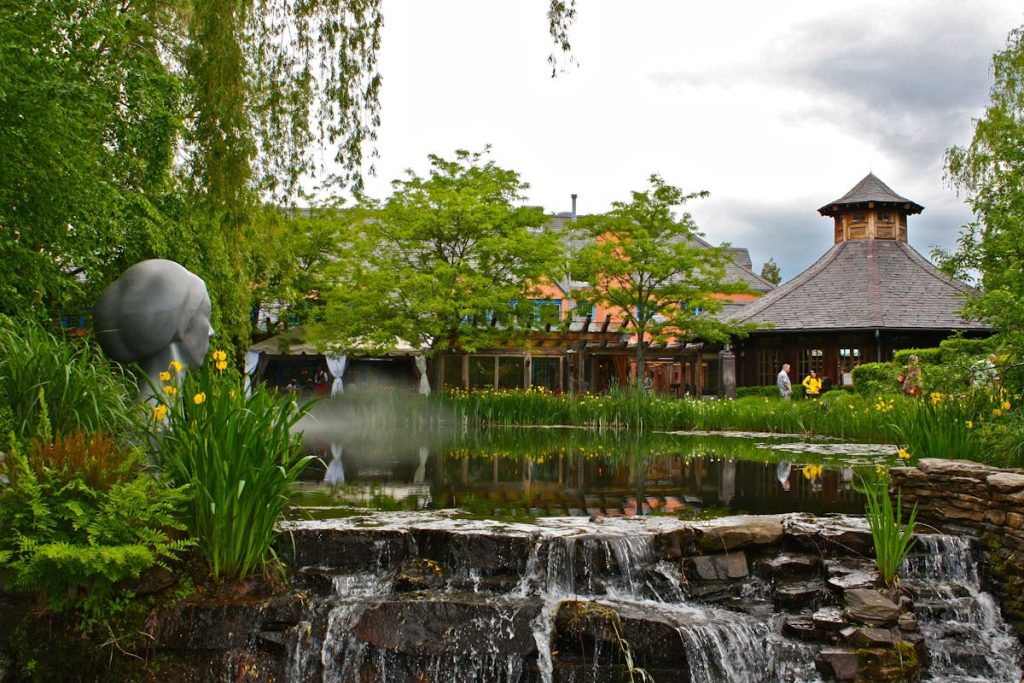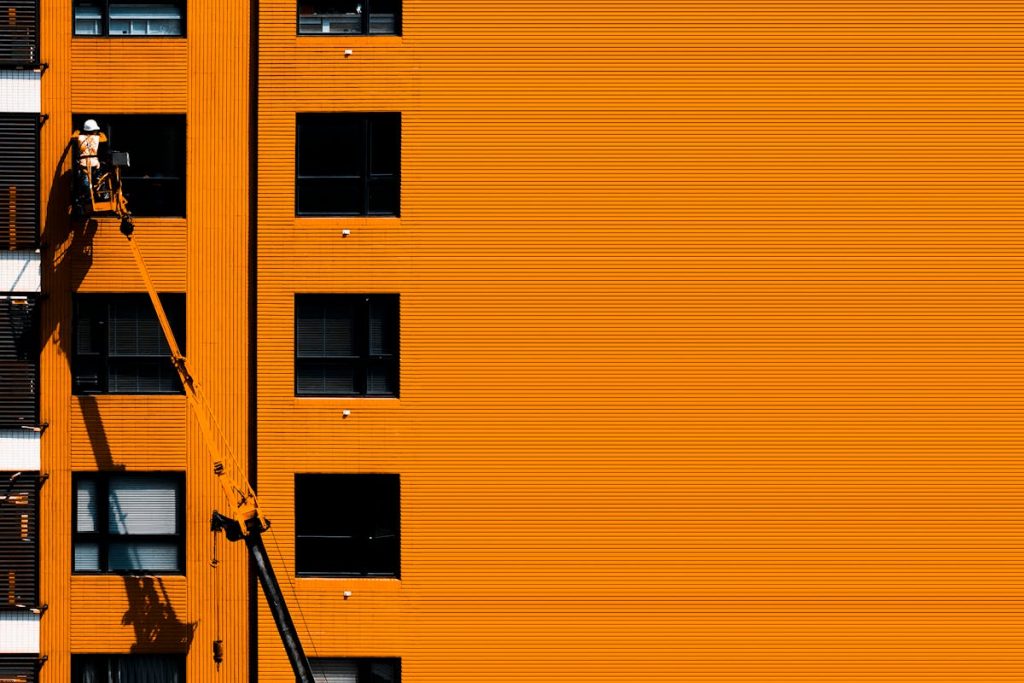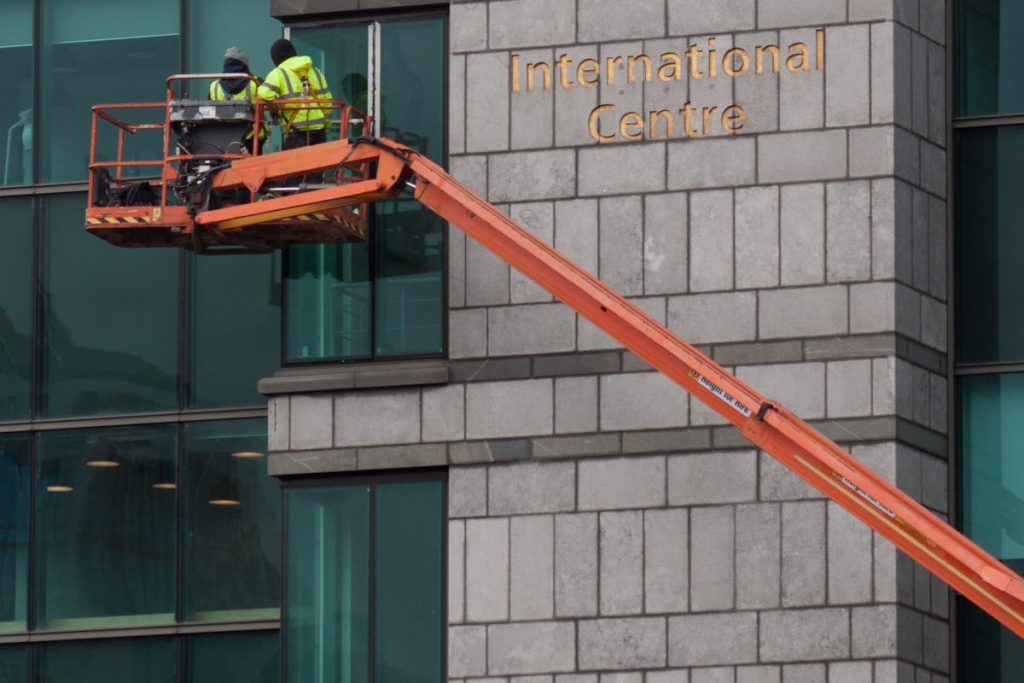- Regular maintenance ensures property safety, functionality, and compliance with local regulations, preventing legal liabilities and enhancing property value over time.
- Security systems must undergo routine tests and updates to adapt to evolving challenges and ensure continuous protection for tenants and assets.
- Efficient HVAC systems are crucial for tenant comfort and energy savings, underlining the importance of regular inspections and energy-efficient upgrades.
- Seasonal maintenance includes winter preparations like insulating pipes and summer tasks such as cooling system checks and pest control measures.
- Proactive property maintenance strategies attract satisfied tenants, maintain competitive building standards, and preserve long-term property value and desirability.
Maintaining a commercial property is akin to running a well-oiled machine. Every big and small cog needs regular attention to ensure the entire operation runs smoothly. Understanding the nuances of commercial property upkeep is essential for property managers, building owners, and facility maintenance teams to preserve asset value and ensure tenant satisfaction. This post will guide you through the best practices for maintaining commercial properties, focusing on exterior and interior considerations.
Overview of Commercial Property Maintenance
The importance of regular maintenance for commercial properties cannot be overstated. A well-maintained property retains its value better over time and presents an appealing image to current and prospective tenants. It involves a comprehensive approach, addressing both the aesthetic appeal and functional integrity of the building.
Exterior Maintenance
Proper exterior maintenance is the first line of defense in preserving the overall condition of a commercial property. The exterior is the building’s face, making first impressions on tenants, clients, and visitors. Regular upkeep helps prevent minor issues from escalating into costly repairs and ensures the property remains safe, functional, and visually appealing. In this section, we’ll explore key aspects of exterior maintenance, including structural inspections, landscaping, and seasonal tasks, all aimed at keeping the property’s exterior in top-notch condition.

Landscaping
The first impression of a commercial property is often its landscaping. Well-kept greenery enhances curb appeal, inviting tenants and visitors alike. Regular lawn care, seasonal planting, and timely pruning are fundamental. Additionally, consider the seasonal needs of your green spaces, such as mulching in spring or leaf removal in autumn, to keep your landscaping vibrant year-round.
Building Exterior
The exterior of your building is constantly exposed to the elements. Regular inspections can identify potential issues before they escalate into costly repairs. Cleaning the façade, repairing any damage, and ensuring the building’s structural integrity should be part of your routine maintenance. Pay special attention to gutters, roofing, and windows to prevent water damage and energy loss.
Parking Area
A clean, well-organized parking area is essential for safety and functionality. Regular cleaning, fixing potholes, and ensuring clear, visible striping can improve the parking experience significantly. Additionally, consider the layout and flow of your parking area to maximize space and minimize congestion. Parking lot striping services are available for commercial properties. These professionals use quality materials and modern techniques to create a safe, organized parking environment.
Interior Maintenance
Maintaining the interior of your commercial property is equally as important as caring for the exterior. A well-maintained interior not only enhances the comfort and productivity of tenants and visitors but also preserves the property’s long-term value. Comprehensive interior maintenance includes regular cleaning, HVAC system upkeep, and addressing wear and tear on fixtures and fittings. By staying proactive and attentive to the needs of your property’s interior, you can ensure a safe, efficient, and pleasant environment for everyone who uses the space.
Common Areas
Lobbies, hallways, and restrooms are the most frequently used areas and, as such, require diligent maintenance. Regular cleaning, timely repairs, and thoughtful upgrades can enhance the tenant experience. High-traffic flooring, for example, may benefit from durable materials that withstand wear while maintaining an attractive appearance.
Safety Systems
The safety of tenants and visitors is paramount. Regularly inspect fire alarms, sprinkler systems, and emergency lighting to ensure they are in working order. Security systems also need routine tests and updates to adapt to evolving security challenges. Compliance with local safety regulations ensures a safe environment and protects property owners from legal liabilities.
HVAC Systems
A properly functioning HVAC system is critical for tenant comfort and energy efficiency. Regular inspections and servicing can prevent unexpected breakdowns and prolong the life of your system. Consider implementing energy-efficient solutions that reduce operational costs and create a healthier environment.

Seasonal Maintenance
Seasonal maintenance is essential to preserving a property’s overall integrity and functionality. Each season brings challenges and requirements, from clearing winter snow to preparing summer air conditioning units. By adapting your maintenance strategy to the seasons, you can prevent weather-related damages, ensure the comfort of tenants, and keep operational costs in check. Proactive seasonal maintenance helps address potential issues before they escalate, keeping your property in top condition year-round.
Winter Preparations
Cold weather brings specific challenges, including snow removal and ice management. Preparing your property for winter involves:
- Insulating pipes.
- Ensuring heating systems are operational.
- Setting up contracts for snow removal services.
Summer and Spring Preparations
Warmer months require a shift in focus. Prepare cooling systems for increased use, address specific landscaping tasks, and implement pest control measures to keep your property comfortable and inviting.
Conclusion
Adhering to best practices in commercial property maintenance is a strategic investment in your asset’s longevity and desirability. By proactively approaching exterior and interior maintenance, property managers and owners can ensure their buildings remain competitive, safe, and appealing, reaping the long-term benefits of satisfied tenants and preserving property value.




